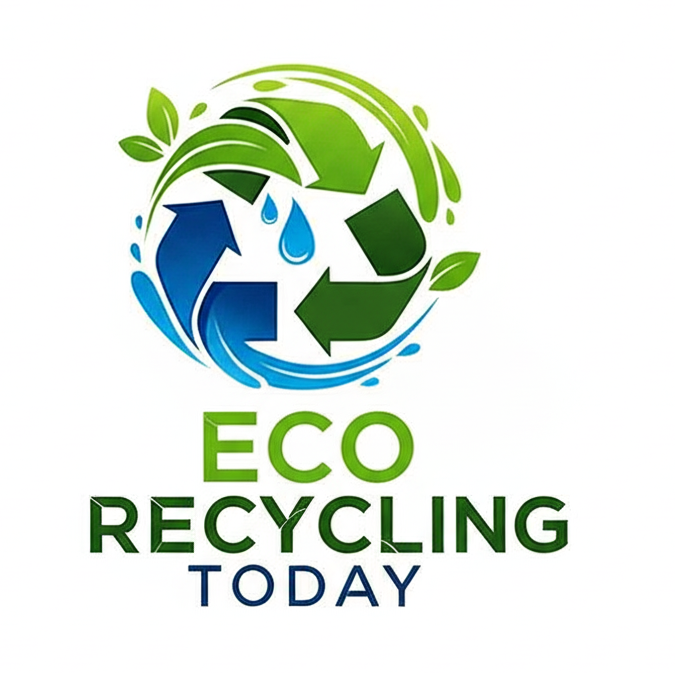As the global plastic waste crisis intensifies, Europe stands out as a leader in tackling the problem through innovation, legislation, and public engagement. With the European Union setting ambitious recycling targets and pioneering circular economy strategies, countries across the continent are showcasing what’s possible when policy and technology align. We explore how Europe is leading the charge in plastic recycling innovation—and what the rest of the world can learn.
1. Ambitious Legislation Drives Progress
Europe’s strong regulatory framework has been a driving force behind its recycling success. The European Union’s Circular Economy Action Plan aims to make all plastic packaging recyclable or reusable by 2030. In 2021, the EU Single-Use Plastics Directive banned items like plastic cutlery, plates, and straws.
This clear direction pushes manufacturers, municipalities, and startups to innovate rapidly to meet legal requirements.
Key Goals:
- 55% of plastic packaging waste recycled by 2030
- Mandatory recycled content in new plastic products
- Taxes on non-recycled plastic packaging waste
2. Cutting-Edge Technologies Fuel Innovation
Europe is at the forefront of advanced recycling technologies, moving beyond traditional mechanical recycling to embrace chemical and enzymatic processes.
Notable Innovations:
- Carbios (France): Developed an enzymatic recycling process that breaks down PET plastics into monomers for infinite recycling.
- Ioniqa (Netherlands): Uses magnetic fluid to depolymerize colored PET waste, enabling high-quality reuse.
- Gr3n (Switzerland): Converts hard-to-recycle plastics into raw materials through microwave-assisted depolymerization.
These technologies are helping Europe recycle plastics that were previously sent to landfill or incineration.
3. Circular Design and Eco-Innovation
European manufacturers are rethinking product design to support reuse and recyclability. This includes:
- Designing for disassembly
- Mono-material packaging
- Bioplastics and compostable materials
Major brands like Unilever, Nestlé, and Henkel have adopted recyclable packaging innovations developed in their European R&D labs.
4. Extended Producer Responsibility (EPR) Systems
Europe’s EPR frameworks make producers responsible for the entire lifecycle of their products, including post-consumer waste. Countries like Germany and France have robust systems in place that:
- Encourage eco-friendly design
- Fund national recycling programs
- Improve waste collection infrastructure
This approach shifts the burden from taxpayers to manufacturers, promoting more sustainable production.
5. High Recycling Rates and Public Engagement
European citizens are some of the most environmentally aware in the world. Countries like Germany, Austria, and Sweden boast plastic recycling rates above 50%, thanks to:
- Widespread public education campaigns
- Easy-to-use recycling bins and sorting systems
- Incentive programs like deposit-return schemes
Germany’s “Pfand” system for bottle returns is one of the most successful globally, with return rates over 98%.
6. International Collaboration and Funding
The EU Green Deal and Horizon Europe funding program support cross-border projects aimed at developing sustainable plastic solutions. This includes:
- New recycling infrastructure
- Plastics-to-fuel R&D
- Market development for recycled materials
These collaborative efforts help scale promising technologies across the continent.
Europe’s approach to plastic recycling combines policy leadership, technological innovation, and consumer participation. While challenges remain—such as mixed waste streams and economic viability of recycled plastics—Europe continues to raise the global standard for sustainability.
As other regions seek to improve their plastic waste management, Europe's success offers valuable lessons: invest in innovation, legislate responsibly, and engage the public. The future of plastic recycling is circular, and Europe is showing the way.
